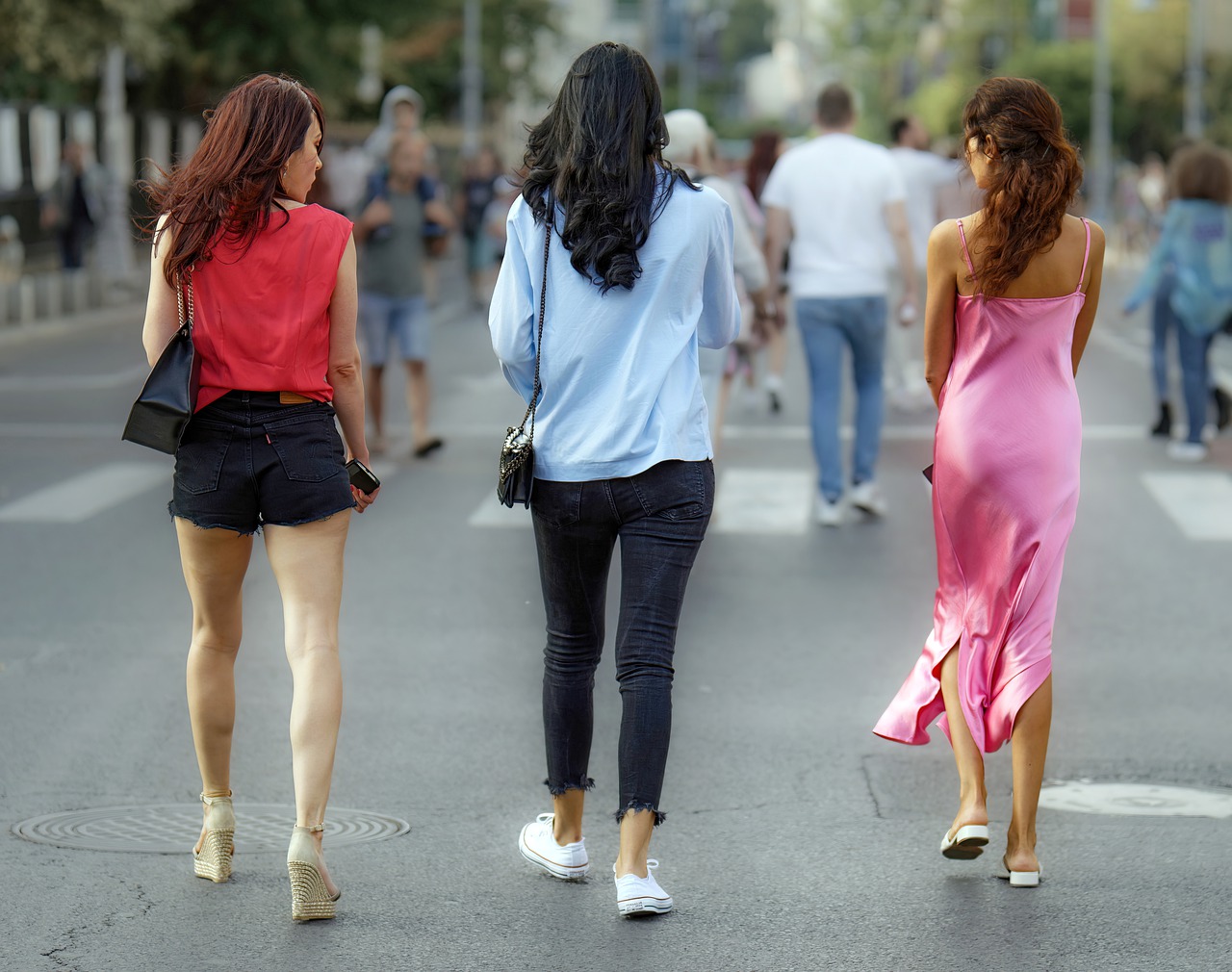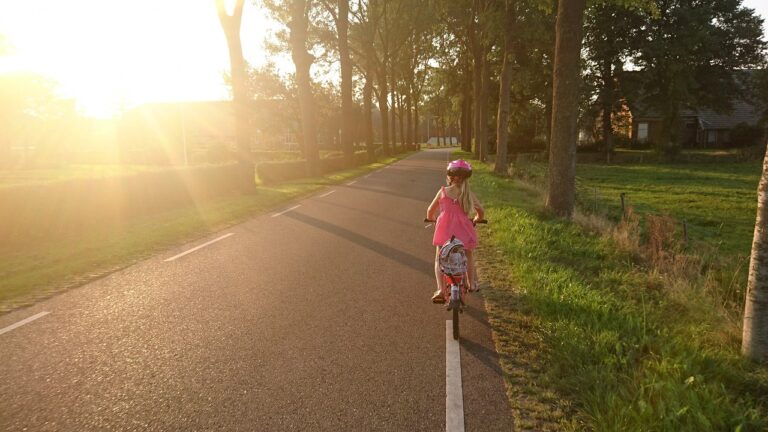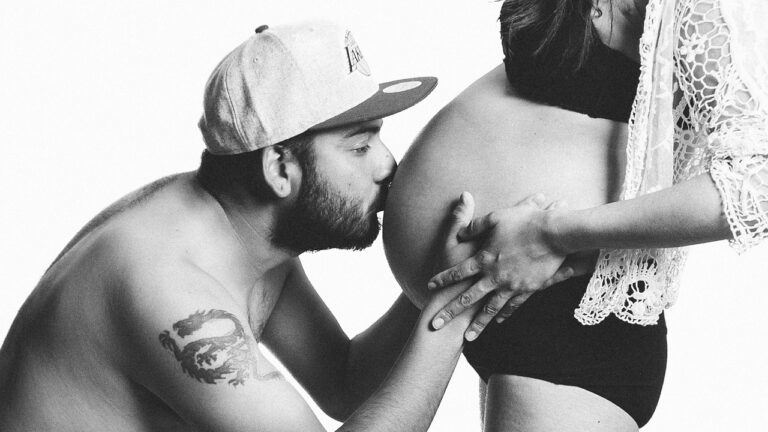The Benefits of Dance for Promoting Healthy Aging
all panel mahadev book, lotus bhai 365 login, allpaanel:Dance is not only a form of artistic expression but also a fantastic way to promote healthy aging. As we grow older, it’s crucial to stay active both physically and mentally to maintain a high quality of life. Dance offers a myriad of benefits that can help older adults stay fit, engaged, and happy well into their golden years.
Physical Benefits of Dance
Dancing is a fantastic way to stay physically active, regardless of age. It helps improve cardiovascular health, flexibility, balance, and strength. Regular dancing can also increase bone density, which is crucial for preventing osteoporosis, a common concern for older adults.
Mental Benefits of Dance
In addition to the physical benefits, dance also provides a variety of mental benefits. It can help improve cognitive function, memory, and overall mental well-being. Learning new dance steps and routines can help keep the brain sharp and agile. Dance is also a great way to reduce stress and improve mood, making it an excellent outlet for emotional health.
Social Benefits of Dance
Dancing is a social activity that can help combat feelings of loneliness and isolation, common in older adults. Joining a dance class or social dance group is a fantastic way to meet new people, make friends, and create a sense of belonging. Dancing with others can also boost self-confidence and self-esteem, leading to a more positive outlook on life.
The Importance of Balance and Coordination
As we age, maintaining balance and coordination becomes increasingly important to prevent falls and injuries. Dance is an excellent way to improve these skills through various movements, steps, and patterns. Practicing dance regularly can help older adults feel more confident and stable on their feet, reducing the risk of accidents.
Types of Dance for Healthy Aging
There are many different types of dance that are beneficial for promoting healthy aging. Some popular options include ballroom dancing, salsa, tap dancing, line dancing, and even low-impact options like ballet or tai chi. The key is to find a style of dance that you enjoy and that fits your fitness level and mobility.
Incorporating Dance Into Your Routine
Whether you’re a seasoned dancer or a complete beginner, it’s never too late to start dancing. You can find local dance classes specifically tailored for older adults, or you can simply put on your favorite music and dance in the comfort of your own home. The important thing is to move your body and have fun while doing it.
FAQs
Q: Can I start dancing if I have never danced before?
A: Absolutely! There are dance classes available for all skill levels, including complete beginners. Don’t be afraid to try something new and enjoy the process of learning and improving.
Q: What if I have physical limitations or mobility issues?
A: There are many dance styles that can be modified to accommodate physical limitations. Talk to your dance instructor about any concerns you may have, and they can help you find a style of dance that works for you.
Q: How often should I dance to see the benefits?
A: Aim for at least 30 minutes of dance a few times a week to start seeing the benefits. You can always increase the frequency and duration as you become more comfortable and confident.
In conclusion, dance is a fun and effective way to promote healthy aging by improving physical fitness, mental well-being, and social connections. So put on your dancing shoes, turn up the music, and start reaping the numerous benefits that dance has to offer.







